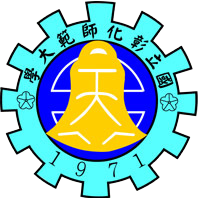SDG15.3.5 Collaboration for shared land ecosystems
NCUE has at least four ongoing projects and activities, including the Environmental Education Centre’s ‘Project of Taoyuan International Airport Corporation/Entrusted Planning and Design for Red Imported Fire Ants (RIFA) Control’, ‘Greening and Beautifying Hushan Farm in Zhongxing New Village’; the Department of Geography’s “Monitoring Agricultural and Fishery Socio-Ecosystems in the Wetland Stretches along the West Coast of Taiwan”;Biology Department’s ‘Project of the Division of Science and Technology/Discussion and Solution Strategies on the Ant Infestation Problems in the Qianshan Caused by the Impact of Climate Change on the Ecology of Qianshan and the Changes in the Community’, and a project of the Division of Science and Technology ‘Reshape the Prevention and Control of Global Invasive Species: Positioning Taiwan as a Hub for the Prevention and Control, Prediction and Education of RIFA in Asia’. “Agriculture Bureau of Kaohsiung City, Government/Kaohsiung City Evaluation Plan for Implementing Survey, and Control Strategies for Flying Ant Control.” These will be described briefly in the following section.
1. ‘Project of Taoyuan International Airport Corporation/Entrusted Planning and Design for RIFA Control’
Taoyuan International Airport is located in the Dayuan District. In 2004, Taoyuan International Airport determined that the area around Taoyuan Airport, the airport traffic lane, and some parts of the lawn that divide the running chute were invaded by RIFA. The project team has achieved remarkable results after years of prevention and control work. The entire airport area has been lifted from the list of management by the government in May 2018. However, because Taoyuan International Airport is located in the Dayuan District of Taoyuan City, and the current RIFA population distribution and density in Dayuan District is still relatively serious, Taoyuan International Airport is still in an area susceptible to RIFA recurrence. The goal of the project team w to continue to assist Taoyuan International Airport in the prevention and control of RIFA in the entire airport area, including the manpower planning and execution in the control and investigation field operation, planning for the types of prevention and control agents, method suggestion and execution, RIFA monitoring execution and control rate reporting, assistance in reports required by the competent authorities, and checking related matters on the prevention and control of RIFA. In addition, the project team also assists the RIFA prevention and control operations in Dayuan District.
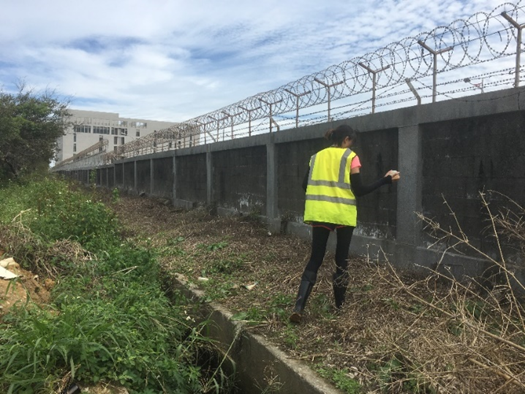
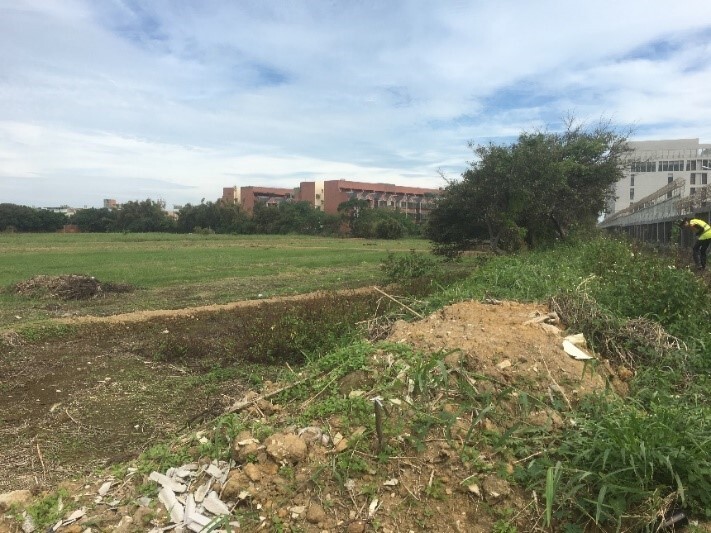

Taoyuan International Airport RIFA control team of NCUE assisting in RIFA prevention and control operations in the Dayuan District, Taoyuan City, outside Taoyuan Airport
Link for reference information:
2. Monitoring Agricultural and Fishery Socio-Ecosystems in the Wetland Stretches along the West Coast of Taiwan
Entrusted by the National Science and Technology Council, the Department of Geography organizes the project “Monitoring Agricultural and Fishery Socio-Ecosystems in Wetland Stretches along the West Coast of Taiwan.” With Fangyuan (Changhua County) designated as the center of observation, local demonstrative and observation research conducts a long-term, basic, and crucial observation of the core items of the socio-ecological system. The project conducts observations in Changhua as part of a long-term socio-ecology core observation, and water quality is monitored once a month during the environmental ecological inspection at observation stations in the Yongxing Wang Gong fish farming (pisciculture) areas. The survey from February to July 2022 has been completed. In addition to continuous monitoring, new points for water quality monitoring will be established at the Erlin Stream, Hougang Stream, and Wanxing Ditch, where automatic water quality monitoring equipment will be placed to conduct round-the-clock monitoring. We also conducted in-depth interviews with prominent local citizens, and this has emerged as an important part of the social- and humanistic-centered information management at these observation stations, as they help to expand the local social network platform. Local stakeholders such as government agencies, cultural groups, industrial groups, developers and producers, and other representative figures are interviewed regularly. They provide information on the various roles, functions, and stakes, as well as their experience and observation of the complex relationship and interplay between the socio-ecological systems. The information is systematically reviewed and collected and is an important source of socio-ecological data for the Long-Term Socio-Ecological Research (LTSER) platform.
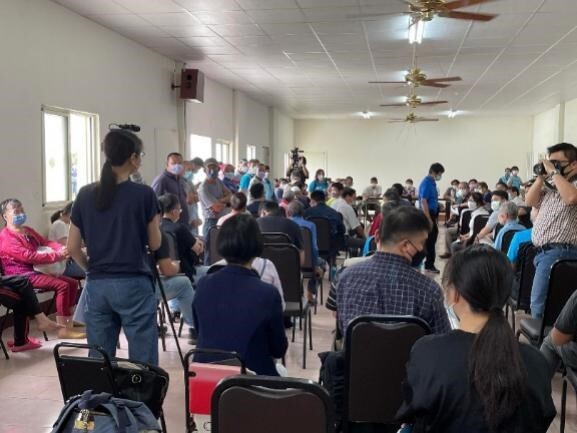
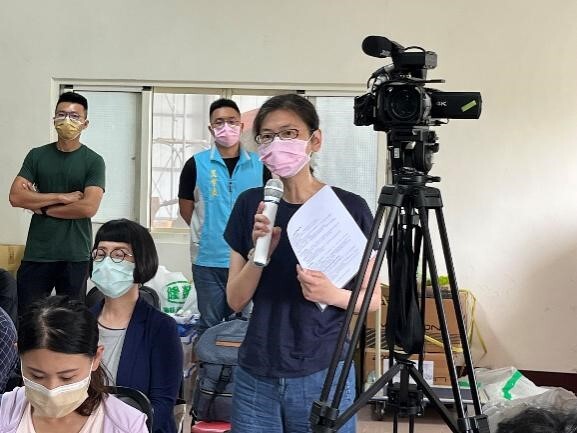
Attending a symposium held for the Department of Agriculture, Changhua County Government, and local oyster farmers
Link to the reference information:
3. Project of the Division of Science and Technology: ‘Discussion and Solution Strategies on the Ant Infestation Problems in the Qianshan Caused by the Impact of Climate Change on the Ecology of Qianshan and the Changes in the Community’
Natural disasters on slopes arising from climate change and man-made development pressures have caused landscape fragmentation, ecological fragmentation, and habitat loss, causing slopes in Qianshan, Taiwan, an ecologically fragile area. Recently, emerging ant infestation problems have appeared in Qianshan towns in south-central Taiwan. Ants flood pour into houses like streams, and flying ants infest homes like black mist. Such abnormal ecological responses warn of the gradual loss of the ecological health in Taiwan. This project integrates multiple domains. It takes the ant infestation problem of the Qianshan residents as the starting point to comprehensively examine the hidden landscape fragmentation, ecological loss, and development pressure behind the ant infestation problem. Using the ecosystem service on the slopes as the research framework, key biofacies in habitat are investigated, landscape changes analysed, indicators established, environmental fragility and ecological potential examined, etc. In addition, in response to the logic of the impact of the ant infestation problem on the industry and tourism in the mountain village communities, a Qianshan agricultural production system with potential for ecosystem services and human well-being are established considering the climate change background. This project has currently established immediate contact with the district offices in the research area (Liougui District, Meinong District, Shanlin District, and Jiaxian District of the Kaohsiung City) and relevant personnel via a Line group (Kaohsiung–Dolichoderus thoracicus– Epidemic Prevention Group), which includes district chiefs, office staff, community directors, production and sales team leaders, and personnel in the homestay industry, etc. The communication software used can establish a long-term interaction mechanism with the community, and it can answer and solve problems in real time. This instant contact Line group is employed to sort out the related questions asked by the community, and analyse the feelings and concerns regarding the ant infestation hazards from people in public affairs, residents, agriculture, and tourism.
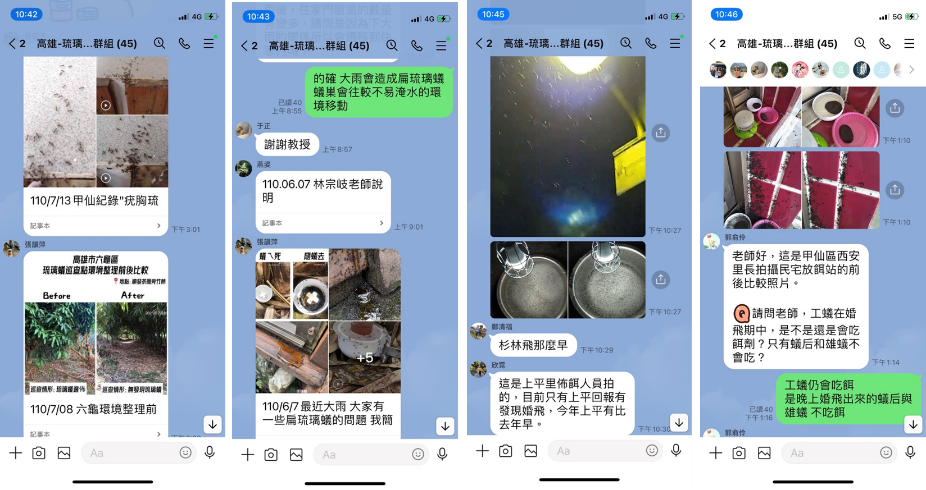
The Line group established with the local community by the research team
Link for reference information:
4. Project of the Division of Science and Technology: ‘Reshape the Prevention and Control of Global Invasive Species: Positioning Taiwan as a Hub for the Prevention and Control, Prediction, and Education of RIFA in Asia’
This study further uses data model analysis and establishment of an innovative RIFA invasive platform for the ongoing scientific debate on the causes of the global invasion of RIFA, making significant contributions to the RIFA prevention, its agricultural and economic impacts, and the development of science in Taiwan. This study successfully discovered the pattern of the RIFA elimination in Taiwan and revealed their proliferation hotspots and paths. In addition, a smart RIFA notification platform was developed, and a harmful ant detection and AI image automatic identification app system was introduced to improve the efficiency and accuracy of the detection of front-line investigators, volunteers, farmers, and the public, so that the sources of infection can be detected early for prevention and control. Through GIS, social network analysis, and foreign and domestic RIFA distribution information, this study has made the following major discoveries: (1) RIFA are mainly distributed across general roads, rice fields, and storage. (2) The way of invasion is through ports with high shipping volume and those having tight connections with high-shipping-volume ports. (3) The main proliferation reasons of island-type proliferation in Kinmen are road construction, regional construction, and city development. Therefore, a major part of this research involves assisting the Bureau of Inspection and Quarantine in distributing epidemic prevention resources. This team has been participating in the inter-departmental meeting of the Bureau of Inspection and Quarantine, and to manage citizen forums.
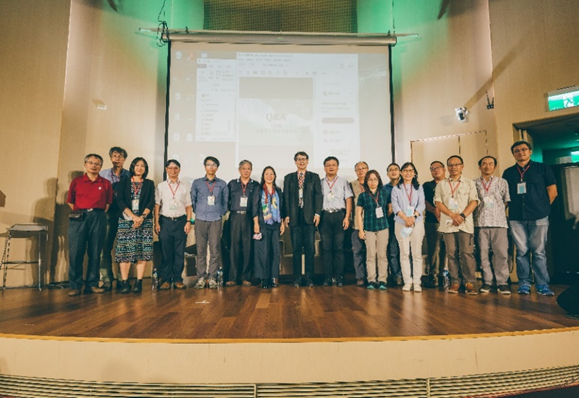
Expert Speakers of the Forum ‘Development and Opportunities of Citizen Science’
Link to forum information as reference:
5. Agriculture Bureau of Kaohsiung City, Government/Kaohsiung City Evaluation Plan for Implementing Survey and Control Strategies for Flying Ant Control
In recent years, the Qimei district of Kaohsiung City has been severely infested by flying ants at night during summer and autumn months, and experts have confirmed that these flying ants (Technomyrmex brunneus) are among the most invasive and pervasive species. During the nuptial flight (mating period), the queen ant and male ants become phototactic. Attracted by the lights at night, these ants invade farmhouses, homes, and business establishments in large swarms, seriously affecting the local residents, and even impacting the local tourism industry. Technomyrmex brunneus has been found in Taiwan since 1912. In 2016, a large number of flying ants began to appear in the city’s Liugui District, and later spread to districts such as Meinong, Jiaxian, and Shanlin from 2019 to 2021, indicating gradual expansion of the ant population. To reduce the menace of Technomyrmex brunneus and prevent the population from expanding and infesting other areas, the project monitors and investigates areas seriously affected by Technomyrmex brunneus and identifies and discusses the reasons for the damage. Control test areas have also been established to develop strategies to control the density of Technomyrmex brunneus colonies and mitigate disruption to public life.
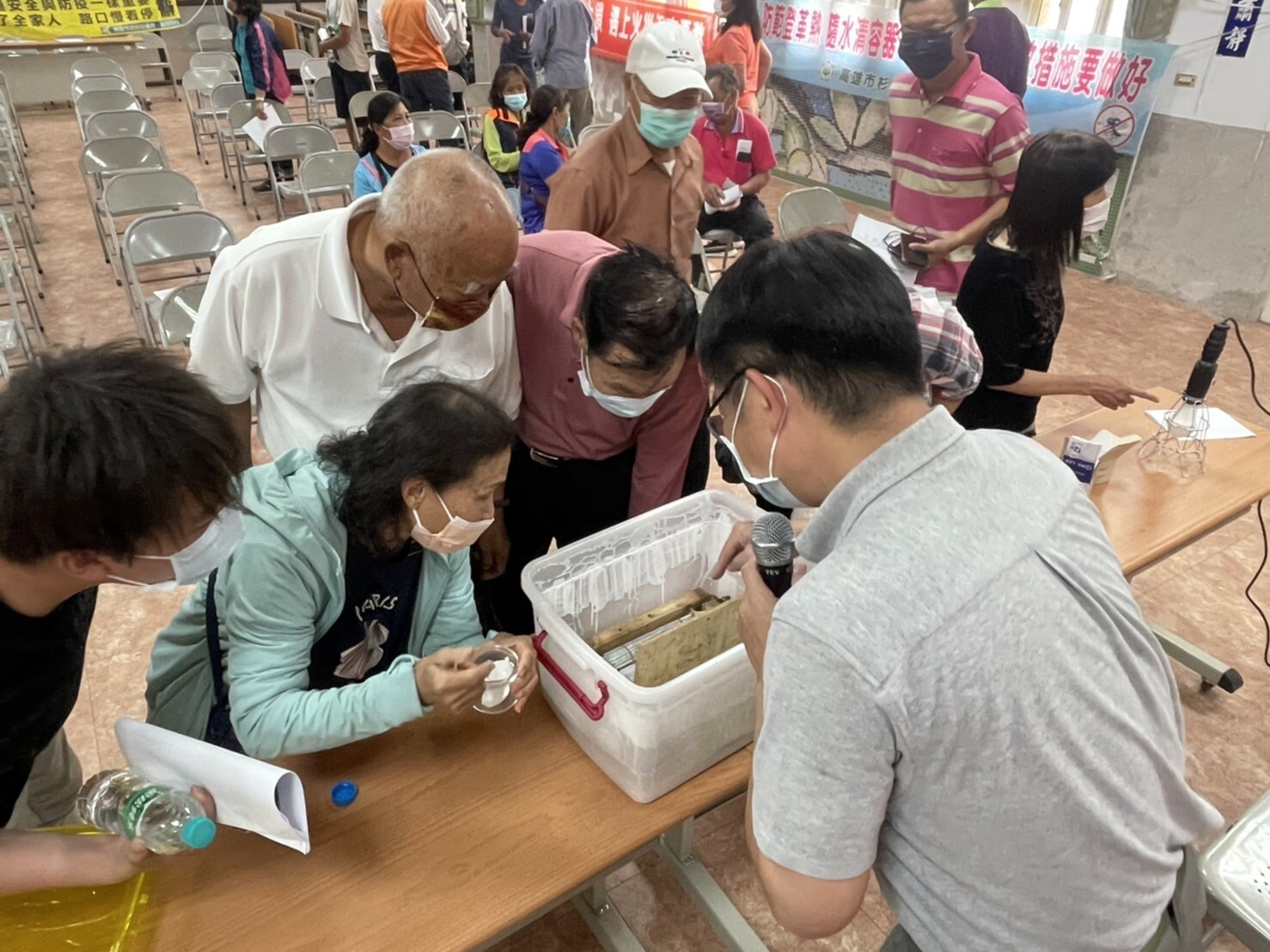
Education activities and counseling groups of neighborhood residents for the control of Technomyrmex brunneus in Jiaxian and Shanlin Districts
